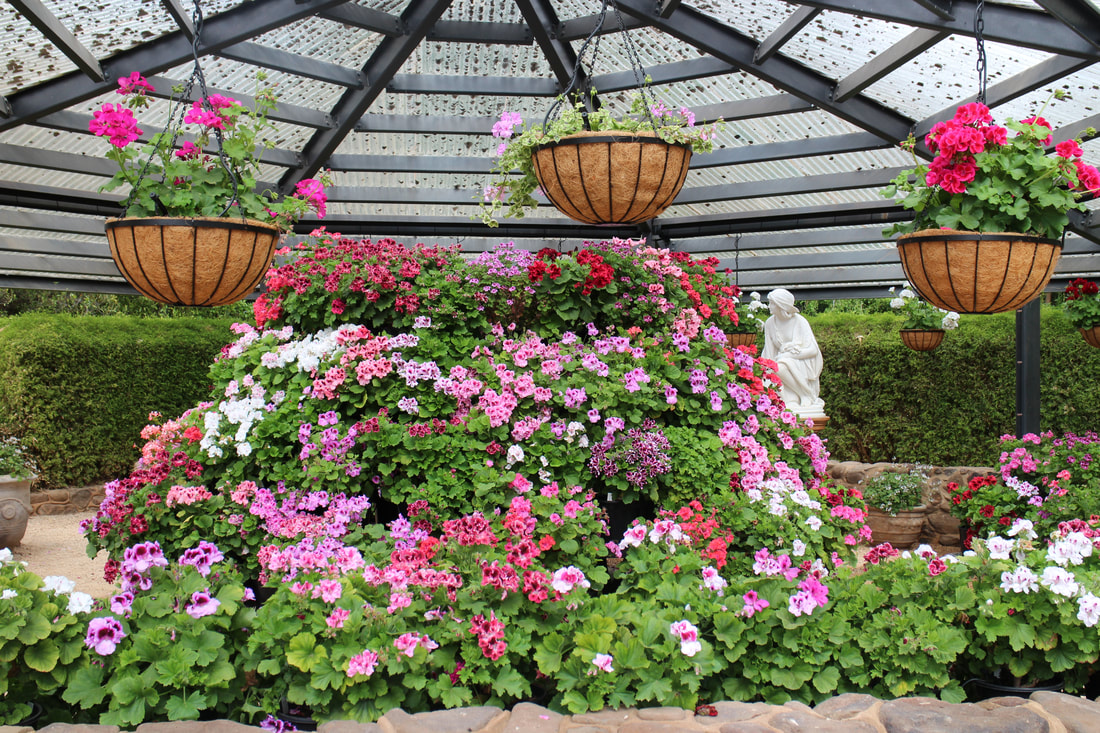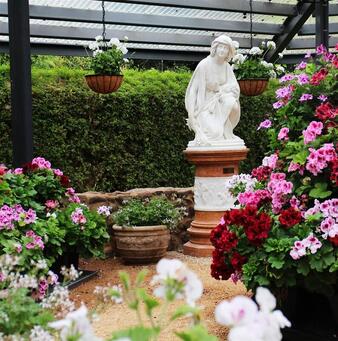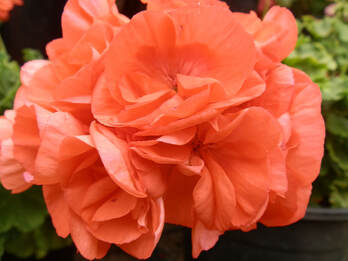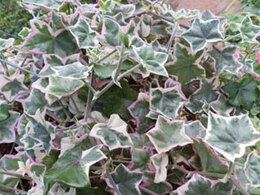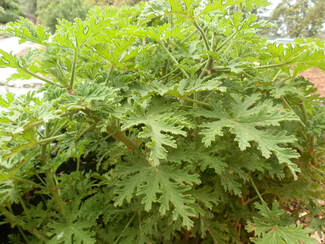Geelong Botanical Gardens
Pelargonium and Geranium Collection
|
Reproduced with permission of the City of Greater Geelong
|
|
The Geelong Botanic Gardens have a large collection of species and cultivars from the Geraniaceae family. This family includes the popular Geraniums and Pelargoniums familiar to gardeners.
The Florence E Clarke Geranium Conservatory has changing displays of the cultivar collection. |
|
The Geranium Family
The Geranium Family was first recorded in 1576 in southern Europe. Within the first 50 years of discovery Pelargonium hybrid plants began appearing. IN 1770 Sir Joseph Banks on his voyage with Captain Cook discovered the first Pelargonium in Australia at Kurnell, Botany Bay. This plant was named Pelargonium australe. Since its discovery many other species of Pelargonium and Geranium have been found in Australia. The vast majority of these plants however occur naturally in southern Africa. The Geranium family is actually made up of five distinct Genera. Geranium, Pelargonium, Sarcocaulon, Monsonia and Erodium. The true Geranium is known as the "Cranesbill". The flowers are circular and most have rounded petals on stems with 1-3 florets. The flower colours range from pink to blues and reds. There are many different types of Pelargonium. At the GBG we display a number of these groups including; Regal Pelargonium, Zonal Pelargonium, Ivy and Scented leaf Pelargoniums and species. |
|
|
Species Pelargonium - this group relates to the naturally occurring wild species. We were most fortunate to be the recipients of a very significant collection of species Pelargonium donated to the GBG by Barry Grandpierre. Barry collected plants and seed worldwide and today the GBG has one of the great collections of both ornamental and species Pelargonium. |
